The circuit below is about as simple as it gets, yet it's not behaving like I expect. V3 is a 3.3Vpp square wave going into the base of the transistor, so I would expect to see V_Out be high when V3 is low and vice-versa. Basically an inversion circuit.
More importantly, I would expect this circuit to be fast enough to keep up with the 400 kHz square wave. A 2222 might have 25 pf of capacitance at its input, which gives a 25 ns time constant with R2.

simulate this circuit – Schematic created using CircuitLab
Yet in simulation I see V_Base taking awhile to react on the falling edge of V_In:
Unfortunately this seems to keep V_Out on much longer than I'd like. See V_In graphed against V_out (keep in mind the inversion):
I can improve the "stretching" by lowering R2 or R3 and speeding up the circuit, but from a first-order view I don't see why I should have to. I also don't understand why only one edge is slow. The base-emitter capacitance of Q1 couldn't account for this, could it? Is there a second-order effect I'm missing?
P.S. I know it's weird to have a common-emitter circuit where the base transistor is smaller than the emitter transistor. Let's just call this an academic exercise.

